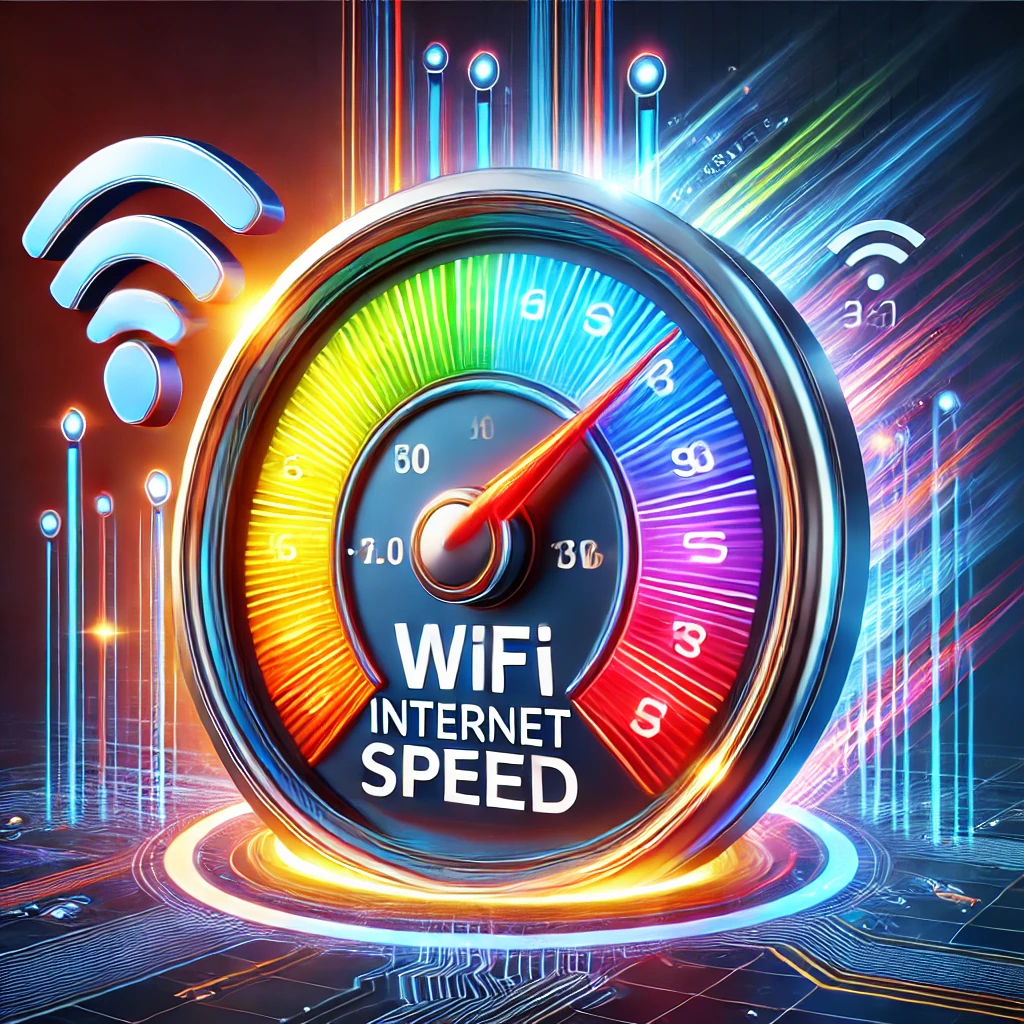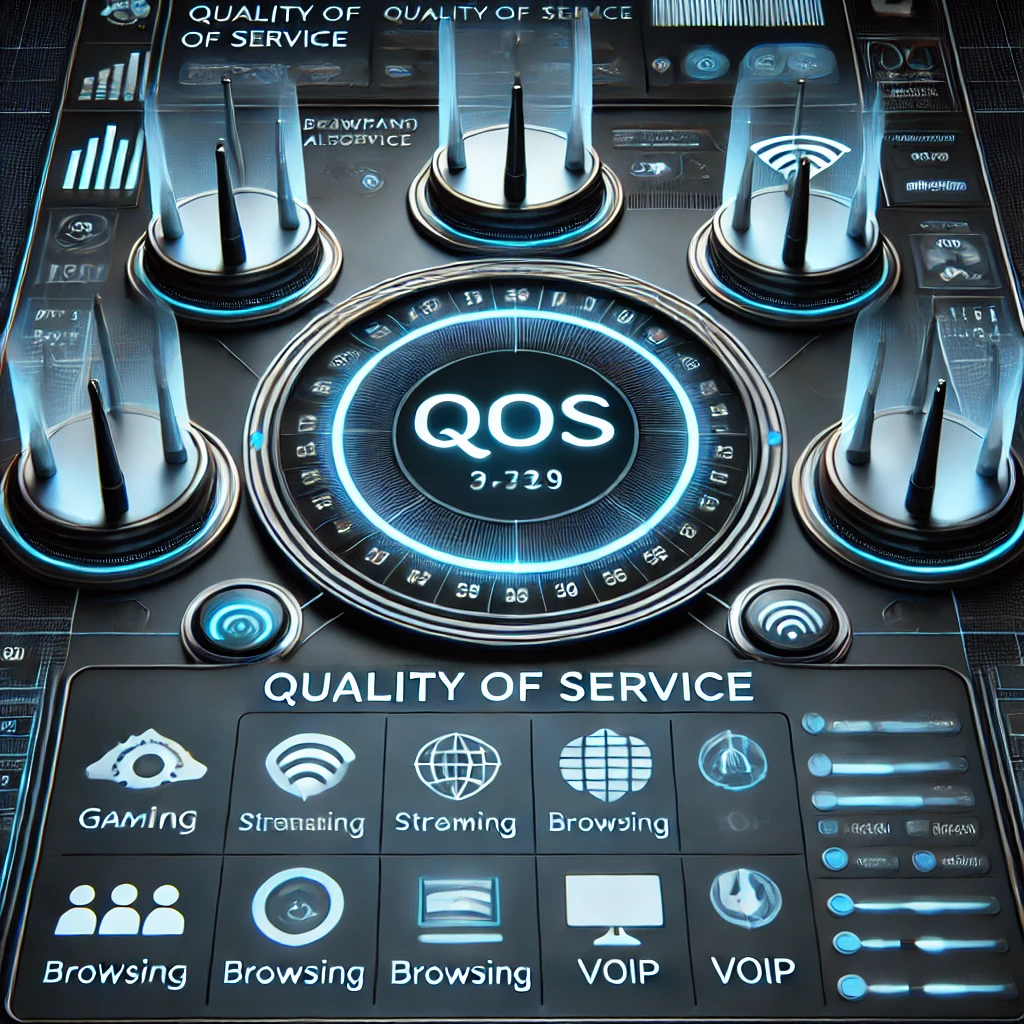Today we discuss how to fix slow WiFi. A slow WiFi connection can be incredibly frustrating. It can disrupt your work, streaming, and gaming experiences. Fortunately, it comes as no surprise that a slow WiFi connection might prove to be quite infuriating. It can affect your working, streaming, gaming, and all sorts of activities.
Fortunately, there are several options you can take to have much faster WiFi functionality. In this tutorial, we will discuss how to solve the problem of slow WiFi by following all possible solutions that one can be able to perform. Therefore, by following these guidelines, you can be able to access a fast and sturdy connection.
Step 1: Check Your Internet Speed

To begin with fixing the problem, it is necessary to identify your present internet speed. This will help you in case you are kind of stuck in your troubleshooting process, which is absolutely normal when dealing with the macro environment.
How to Test Your Speed:
- You can use any of the available online speed test tools, such as Ookla Speedtest or Fast.com.
- Plug your device into the router using an Ethernet cable if you wish to get perfect speeds.
- You should also remember your download and upload speeds after conducting the test.
Compare these results with the speeds that your Internet Service Provider (ISP) claimed to offer to their users. If your speeds are like this, the lower speeds are then it is best to investigate further.
Step 2: Restart Your Router
Hence, one of the first things that one could try is to reset the router that is connected to your home. This can help for fixing short duration connectivity issues and restoring your connection.
How to Restart Your Router:
Before that, it is recommended that you remove the router from the source of electricity.
- Wait for about 30 seconds.
- Reconnect the power cord to the router and wait for some time until it is fully operational.
- After that, you should again try to check your WiFi speed when the lights are on, which means that it is operational again.
This simple instant can help overcome some problems that do not need more interventions.
Step 3: Optimize Router Placement
So, where your router is placed is very important in affecting the quality of your WiFi connection. Distance and, to some extent, various obstacles can affect the signal strength.
Tips for Optimal Placement:
Central Positioning of the Router: The router should be positioned at a central location in the house in order to reach as many rooms as possible.
- Place the router: Always place the router on a height/shelf to avoid interference with other objects.
- Do not place the router near the walls or metal furniture or near other electronic devices that may interfere with it.
One of the ways through which you could improve the WiFi reception is by ensuring that the router is located in the right place.
Step 4: Change the WiFi Channel

It was also noted that WiFi networks work in different channels. Interference—if there are many networks that are neighbouring and all of them use the same channel, then interference is likely to occur, which makes the speed to be delivered very slow.
How to modify your Wi-Fi channel
WiFi networks operate on different channels. If many nearby networks use the same channel, it can lead to congestion and slow speeds.
- Sign in using the admin credentials saved in the system or received by invitation.
- In the wireless settings, find the field related to bandwidth options.
- Switch to the less busy channel; often channels 1, 6, or 11 for the 2.4 GHz band.
- These settings should be saved and require the router to be restarted.
Some of the benefits that can be obtained by switching include higher performance due to minimized interference.
Step 5: Update Router Firmware
Having older firmware can challenge the wealthy functionality of the router. It is paramount to update the firmware on your router since it helps improve the router’s speed and security.
How to Update Firmware
- Connect to the router’s settings as explained in Step 4.
- See, for instance, that the ‘firmware update’ tab.
- Reach out to the developer’s website and check for updates to the application and download them if there is any available.
Your router’s firmware should already be updated after the process is done; simply restart your router.
It is also important to not only avail the benefits of newer features present in routers but also to free yourself from the risks present in routers that are laden with bugs.
Step 6: Limit Connected Devices
Another possible reason for internet speed reduction is the excessive number of devices connected to the WiFi. Each device uses a given amount of bandwidth, and this may cause competition for available bandwidths.
Tips for How to Fix Slow WiFi
Switch off gadgets that are not in use to reduce the amount of draws that a house takes up when electrical power is drawn from the grid.
- To avoid such a situation, prioritise devices for basic tasks such as streaming or gaming.
- One of them is to introduce a new guest network for friends and other people whom you do not necessarily trust not to mess up your primary network.
- Managing connected devices enables one to achieve more efficient use of the bandwidth needed for data communication.
Step 7: Use Quality of Service (QoS) Settings

Most of the routers of the contemporary world support Quality of Service, or QoS, functionality. QoS enables you to allocate certain preferences to devices and applications to prioritise them based on the amount of bandwidth they require.
How to Enable QoS:
- Access your router’s settings.
- Navigate to the QoS section.
- This can be done by enabling QoS and choosing the devices or programs that need attention or demand more bandwidth.
- After setting up the router configuration, make sure to save the settings, then power off, then on the router again.
There are many benefits to be had when it comes to using QoS, which may serve to guarantee that an application gets a specific amount of bandwidth.
Step 8: Check for Interference
To summarise, other electrical gadgets hinder the wireless connection. Some of the devices include microwave ovens, cordless phones, and Bluetooth devices.
Tips to Minimize Interference:
- Ensure that the router is not within the vicinity of other electronic equipment.
- If you have the dual-band router, then it is better to select the 5 GHz band. Essentials of Wireless Communications: 5 GHz is less crowded than 2.4 GHz to deliver faster speed but lesser range.
- Do not use electrical appliances that may cause interference to the streaming and gaming, such as a fan.
It is evident interference adds negative impacts to the already strained WiFi signal strength and performance, and therefore reducing it can greatly improve the WiFi performance.
Step 9: Consider Upgrading Your Equipment
If this fails to work or the internet connection is still slow even after following all the above-mentioned steps, the next step is to change your router or the modem.
When to Upgrade:
- Your router you have is several years old and does not support the new standards, such as Wi-Fi 6.
- When you have a high demand for a data transfer rate that your existing equipment cannot follow up, then it means it is time to upgrade.
- You require more coverage for a higher number of personnel in your home.
There is always a need to enhance the speed, coverage, and general performance of the network through the purchase of modern routers.
Step 10: Contact Your Internet Service Provider (ISP)
However, if your WiFi is still slow despite the measures mentioned above, you have no choice but to contact your ISP. Maybe you have experienced fluctuation, had a problem with your service, or there are new updates available.
What to Ask Your ISP:
- EnSure that there is no disruption of services in your area.
- Ensure that the devised plan offers the right speeds you require.
- When writing about enterprise car rental, enquire about the status of your equipment, improvements, or better plans.
- Your ISP would also be of help in answering any pending questions on the issue at hand.
Conclusion
It will also be beneficial for you to understand how to troubleshoot slow WiFi to make your internet more enjoyable. Through the above ten steps detailed above, one can diagnose and fix poor WiFi connectivity problems. Starting from the placement of routers to controlling additional devices linked to the networks, every process can boost bandwidth speed and reliability. It is now possible for individuals to experience smooth browsing, streaming, and gaming at home if a little effort and concentration are employed.




